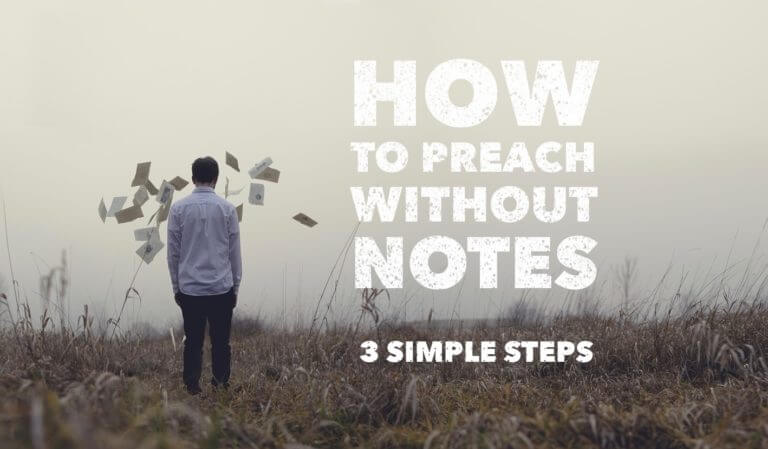6 Principles of Sticky Sermons

What makes a sticky sermon? What makes a message have staying power?
As preachers, it should be our goal to teach sticky messages. We want our audience to remember the sermon. Nobody wants to spend hours every week to prepare a message that nobody remembers.
So, what makes a sermon sticky?
Chip and Dan Heath, in the book Made to Stick (a great book you should read if you haven’t), share their conclusion after studying thousands of messages that have stood the test of time.
They found six principles that made a sticky message. The most sticky messages were simple, unexpected, concrete, credible, emotional, stories (S.U.C.C.E.Ss). Not every sticky message has to contain every principle, but the ones that do are even stickier than the rest.
Six Principles of Sticky Messages
Simple – The message was not too long and got to the core idea. Think of the difference between a nursery rhyme and the lecture of a college professor. The simple message is much easier to recall.
Unexpected – The message was surprising. It took an unexpected twist or arrived at shocking conclusion. When we are surprised our eyes widen and we snap to attention.
Concrete – The message contained concrete things, not abstract ideas. Consider which of the following is easier to remember: “It is better for you to be content with what you have already, than to risk losing what you already have to try to get something bigger that you have only a small chance of actually getting.” Or, “A bird in the hand is worth two in the bush.”
Credible – The message came from a credible source, facts, convincing details, or sounded trustworthy. If people don’t believe the source of a message or at least agree that it sounds true, they won’t care to remember it.
Emotional – The message made people feel something. The emotions could range to anything from anger, happiness, sadness, disgust, or resentment. We remember things that trigger our emotions.
Stories – The message told a story. Stories are easier to remember, more interesting, and can provide examples for how we should change our behavior or react in different situations.
None of This Surprises Jesus
Although Made to Stick is not a “Christian” book, the authors do reference some of the teachings of the Bible as good examples of sticky ideas. The principles in this book only point out what Jesus already knew and modeled for us.
Think about it. Jesus was a master at creating sticky ideas. His teaching is full of simple, unexpected, concrete, credible, emotional, stories. Jesus knowingly taught this way so that His message would continue to stick with us over 2,000 years later.
- Jesus’ messages were simple: love your neighbor as yourself.
- Jesus’ messages were unexpected: blessed are the poor.
- Jesus’ messages were concrete: faith the size of a mustard seed can move mountains.
- Jesus’ messages were credible: when a guy heals blind people and lepers (much less raises himself from the dead), people are going to listen to what he has to say.
- Jesus’ messages were emotional: the father runs to embrace his prodigal son, and the older brother is furious.
- Jesus’ messages were stories: pick any of His parables.
Every preacher could benefit by making their sermons simple, unexpected, concrete, credible, and emotional by telling great stories.
The principles in Made to Stick are only pointing out what Jesus already modeled for us.







Brandon, I love this book!! To your last point one of my Bible College Profs made us write down, “Jesus was a storyteller and I want to be a storyteller too.” 5 billion movie tickets were sold last year because people love a good story. It worked for Jesus and I think stories are an underestimated tool for making a sermon stick.
Thanks so much for sharing. I will definitely work with this model when prepping for my sermons!!!!!